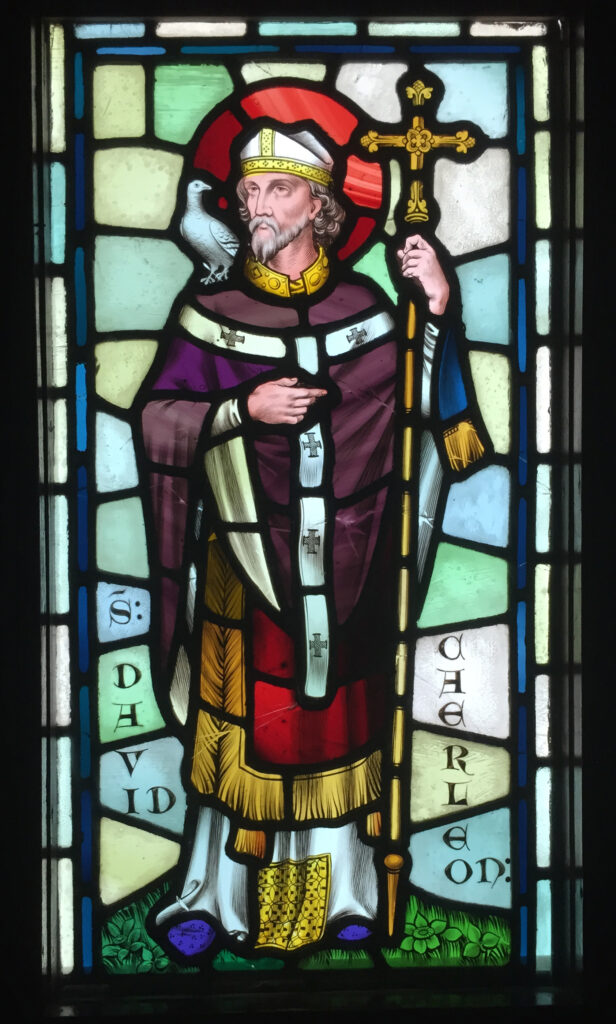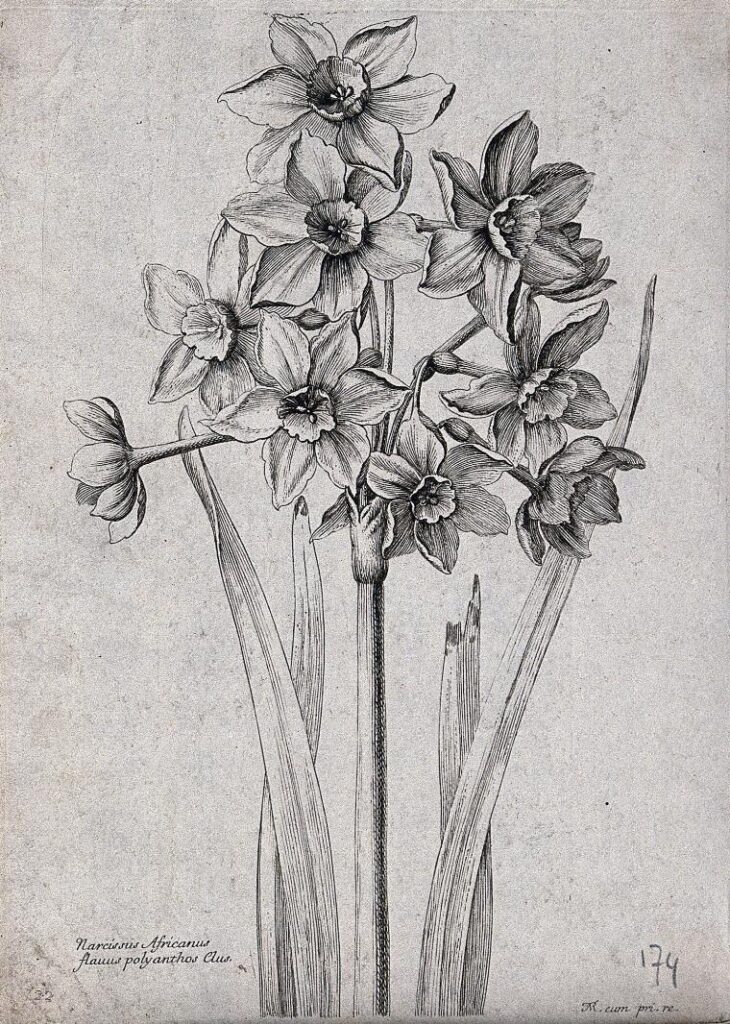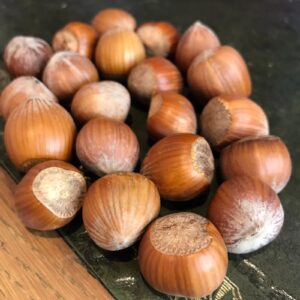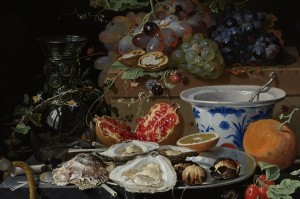
1 March is St. David’s Day, Dydd Gŵyl Dewi Sant celebrating the patron saint of Wales, St. David, who was a bishop of Mynyw in the 6th century. As a part of this celebration social medial has been flooded with images of daffodils (Narcissus) the national flower of Wales. Daffodils are also starting to appear in gardens and along roadsides, a sure sign that Spring is on the way. So that leads to the inevitable question for this blog – did early modern men and women think daffodils had medical properties?
John Gerard’s botanical encyclopedia the Historie of Plantes described numerous types of daffodils and explained that the roots had a drying quality that was very useful for gluing wounds back together. Mixed with honey ‘stamped’ (or squashed) roots could also help heal burns, sun burn or morphew (discoloured lesions of the skin) and help with pain in the joints.1
Medical writers also recommended recipes that included daffodils as a key ingredient. Alexander Read who studied in Wittenburg with Daniel Sennert and in France with Ambrose Pare and who worked across the midlands and in Wales published Most Excellent and Approved Medicines and Remedies for Most Diseases and Maladies in 1652. This included a ‘Marvellous good’ remedy for palsy:
Take the distilled water of Daffodils, bathe and rub the Patient with the said Liquor by the fire, it will cure him.2

A book attributed to the Swiss physician Jean Provost who earned his medical degree in Padua in the early seventeenth century was intended to provide Medicaments for the poor, or Physick for the common people (1656). This explained that an oil could be made from the roots of daffodils that was a useful ‘digester’. 3
The prolific medical published William Salmon also claimed that he had cured a longstanding tumour in a patient’s knee, with a cataplasm or poultice made from briony roots, lilies, daffodils ‘fresh gathered’ boiled and beaten in wine and aqua vita. This was apparently applied to the patient’s knee ‘hot every day’ and in three weeks removed the swelling.4
Daffodils were perhaps not the most widely used of medicinal plants in the seventeenth century, but they were used to treat a range of skin complains, cancerous swellings, and palsies. Perhaps their use was not more widespread because all narcissus species contain a poisonous substance in the bulbs and the leaves. Cases of accidental poisoning have occurred when the bulbs have been mistaken for onions and, that other great emblem of Wales, leeks. It is perhaps ironic, from a modern perspective, that daffodils were utilised for skin complaints, as now it is suggested that exposure to substances in daffodils can cause ;daffodil itch; drying, scaling, and cracks in the skin.
- John Gerard, The herball or Generall historie of plantes. Gathered by Iohn Gerarde of London Master in Chirurgerie very much enlarged and amended by Thomas Iohnson citizen and apothecarye of London (London, 1633).
- Alexander Read, Most excellent and approved medicines & remedies for most diseases and maladies incident to man’s body, lately compiled and extracted out of the originals of the most famous and best experienced physicians both in England and other countries, by A. R. Doctor in Physick decesased. And since revised by an able practitioner in the same science, and now published for the universall good and benefi sic of this Common-wealth (London, 1652).
- Jean Provost, Medicaments for the poor, or Physick for the common people (London, 1656).
- William Salmon, Ars chirurgica (London, 1698).

